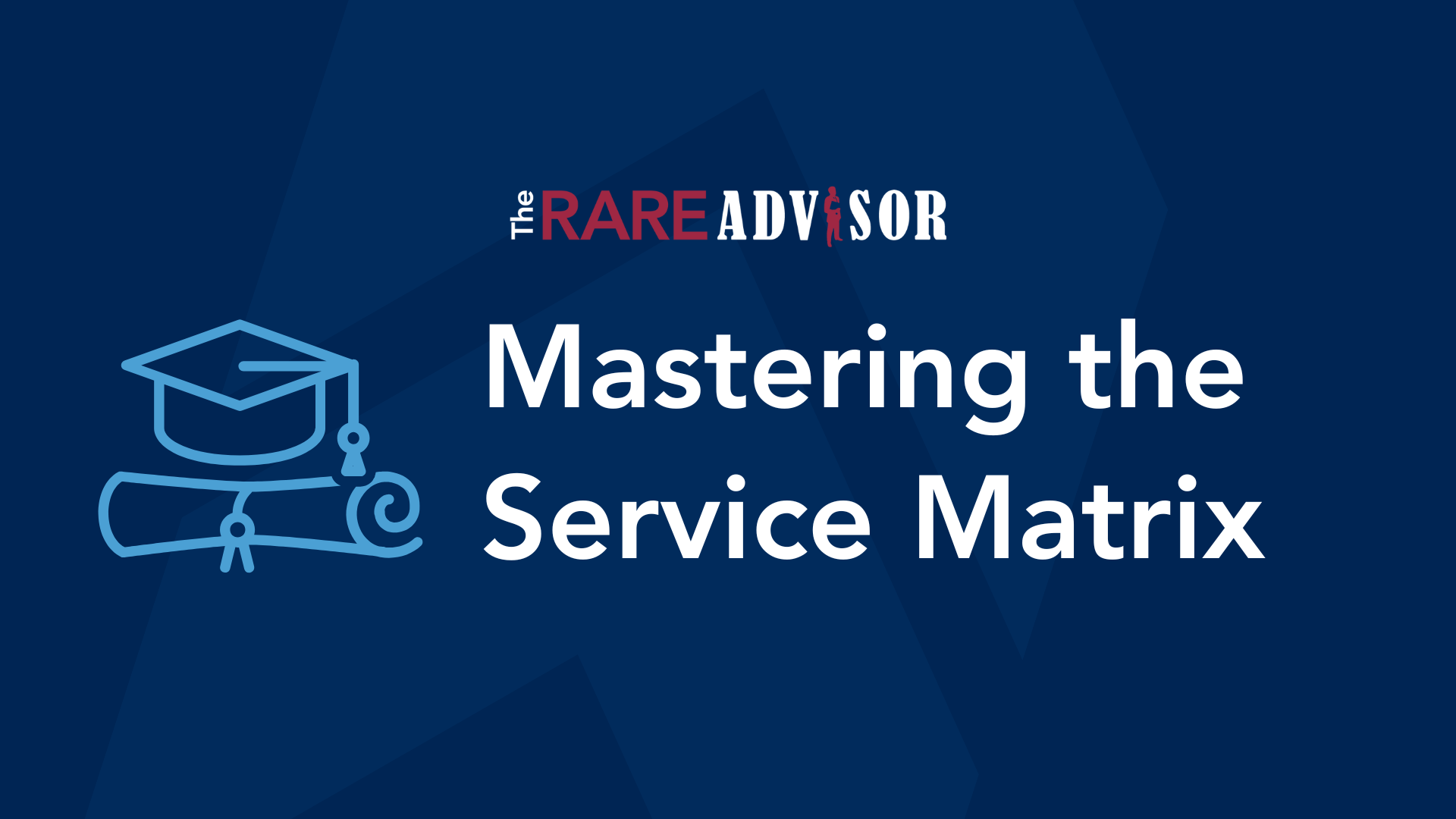Here’s the Skinny,
Business adopted the “moonshot concept” from President John F. Kennedy, after the speech he delivered before a joint session of Congress on May 25, 1961, where he stated, “I believe that this nation should commit itself to achieving the goal, before this decade is out, of landing a man on the moon and returning him safely to the earth.”[1]
On July 20, 1969, Neil Armstrong and Buzz Aldrin became the first men to walk on the moon.[2]
Thus, the “moonshot” was born.
Some have incorrectly categorized business oriented moonshots as being outlandish ideas that have little or no founding in reality, but this is not the case. President Kennedy didn’t make this challenge on a whim. The idea was researched, feasibility assessments were made, and then an educated challenge was proposed. There was no guarantee of success, but that does not mean that the idea was something he snatched from an old episode of Flash Gordon. (Too young to recognize that reference? Google it and you’ll understand.)
What many forget is that earlier in that very same speech, President Kennedy stated, “With the advice of the Vice President, who is Chairman of the National Space Council, we have examined where we are strong and where we are not, where we may succeed and where we may not. Now it is time to take longer strides – time for a great new American enterprise – time for this nation to take a clearly leading role in space achievement, which in many ways may hold the key to our future on earth.”[3]
What defines a moonshot in business?
While there is no official formal business description, I define a moonshot as…
- Undertaking an initiative so unique that it could/would change the trajectory of your business;
- Attacking problems/challenges so magnificent in size and scope that it both scares and excites you;
- Requiring radical thinking to fuel giant leaps forward (10x growth vs. 10% growth).
The Harvard Business Review describes a good moonshot as having three key ingredients:[4]
- It inspires (it’s not a routine goal like trying to increase sales by 13%).
- It is credible (as I mention above, it is not ridiculous, but is founded in reality).
- It is imaginative (it’s not the next logical step, but is a meaningful leap).
I contend that most great businesses are riddled with moonshots even if they have gone unrecognized by outsiders.
In fact, I think that in certain world-class companies, moonshots become commonplace (or even expected) as they are embedded into the normal culture of the company. In our case (USA Financial), I would describe our moonshots as being key “turning points” or “giant leaps forward” that pinpoint our past and shape our future. Essentially, they become the major milestones in our historical corporate timeline. Here’s a look back over our 30-year history as example:
- 1988 Distribution – We launched the firm as an Independent Insurance & Annuity Distributor before any such niche existed.
- 1992 Practice Management – First developed entrepreneurial training and educational systems to advance advisors’ practices including industry qualified continued education credits.
- 1995 OSJ – Upon recognizing 96 of our top 100 relationships were with securities reps, we became the largest Office of Supervisory Jurisdiction with two consecutive broker dealers inside of 36 months.
- 1998 Broker Dealer – We executed our 5 year “OSJ to BD strategic growth conversion plan” two years ahead of schedule.
- 2001 Fill the Room – Pioneered a marketing service model to fill client events nationally on behalf of local advisors, growing into numerous turnkey “Plug-n-Run” multi-media offerings.
- 2001 Registered Investment Advisor (RIA) – Predicting the trend toward assets under management, we structured our RIA in support of advisors converting their practice to this “new” model.
- 2002 UIT – Began investment product research & development applying risk management models to the structural chassis of Unit Investment Trusts (UIT) as we designed product for two different administrators.
- 2007 Money Management – Our investment product “development” led to our becoming an investment product “manufacturer” via our patented formulaic trending approach to risk & money management.
- 2008 Tech Company – Crafted our first piece of proprietary financial industry technology, launching and converting our overall cultural mindset to our being “a technology company in the financial services space.”
- 2012 Syndicated Radio – Subsequent to a previous multi-year local radio show, we restructured and relaunched as a nationally syndicated radio show promoting the consumer value of local independent advisor representation.
- 2016 TAMP – Designed a highly flexible and benefit-rich turnkey asset management program and platform to streamline and simplify account custody and management for both advisors and investors.
That looks like a lot of success – and it is… But keep in mind, moonshots, by definition, may include equally explosive failures. And this is crucial to your understanding moonshots. A moonshot failure may be even more important than success! Therefore, it must be okay to fail (as long as proper strategy and effort was applied) as today’s failure often leads to tomorrow’s breakthrough and/or strategic byproduct. It can truly be said that failure leads to the next-bigger-better moonshot.
For example, two failures directly led to two of our absolutely greatest moonshot successes:
- Between 1992 and 2001 we were coaching and mentoring financial advisors all across the country on how to run large, extreme, PR oriented prospecting events. However, few advisors had expertise or resources to execute the concept from A-Z on their own, so we were being run ragged making appearances all across the continental U.S. in support of advisors nationwide. We were failing and sinking fast. Finally, we recognized the need to reboot our entire way of thinking. After a complete scraping and retooling, we introduced the Fill-the-Room System, which has arguably placed more investor clientele in front of qualified advisors since year 2001 than any other program in the industry (25,000 RSVPs last year alone).
- From 2011 through 2013 we undertook a complete corporate re-branding for all of our subsidiaries. The concept was strategically sound and well-meaning as we tried to separate our investor-oriented branding from our advisor-oriented branding. Specifically, we were trying to further support our advisors in a rapidly escalating online and social media world. The whole thing blew up in our face. We lost traction in the industry. We created mass confusion. People literally thought we went out of business. It was disastrous. We pulled the plug, stole a page form the historic “New Coke vs. Classic Coke debacle” and did a 180 degree re-branding back to a singular and cohesive USA Financial brand across all subsidiaries while making fun of ourselves at every chance along the way. We even created a comical video positioning ourselves as the butt of the joke. It spread like wildfire, worked brilliantly, helped set the stage for our syndicated radio show – and laid the groundwork for our current marketplace positioning that has proven crucial for our TAMP launch in 2016.
Every time I speak with entrepreneurs about failed moonshots, it seems they always point to the power of what was learned, along with phoenix-like stories of how even greater success has risen from the ashes within subsequent moonshots.
Moonshots may be one of your most powerful tools in business. Who’d have known?
That’s the Skinny.
|






